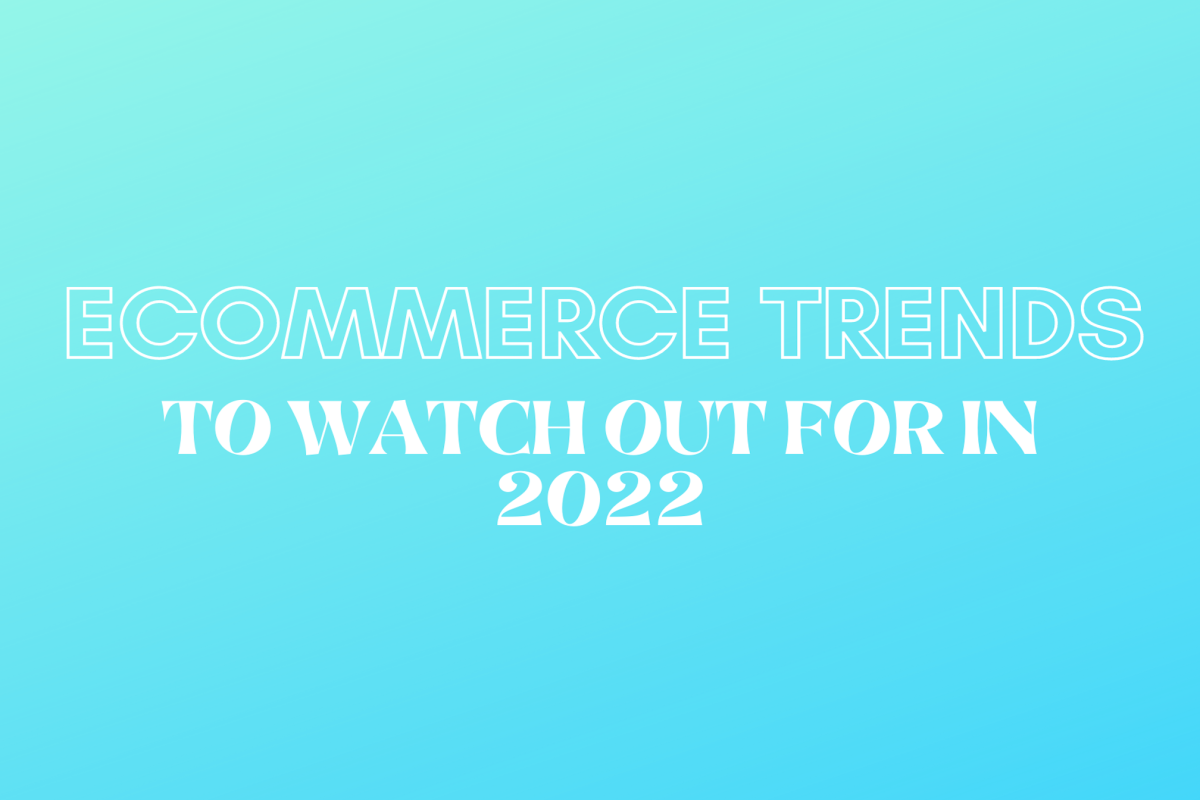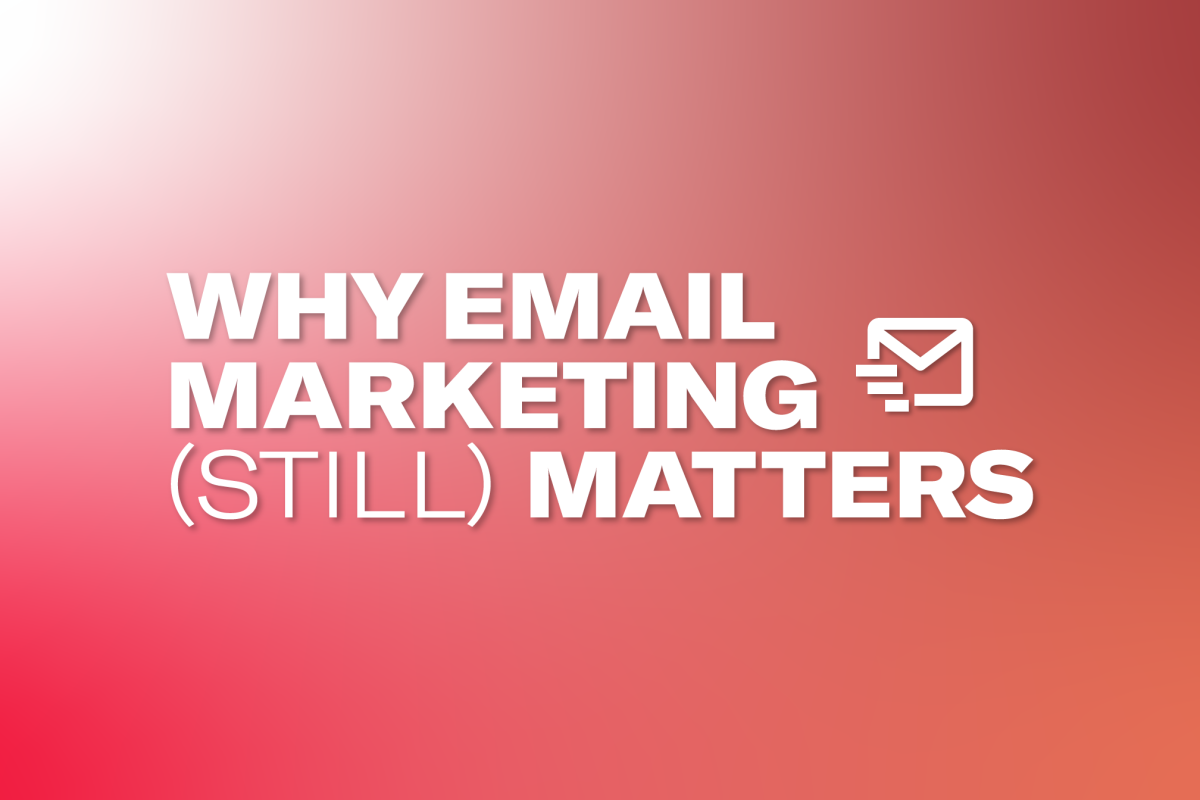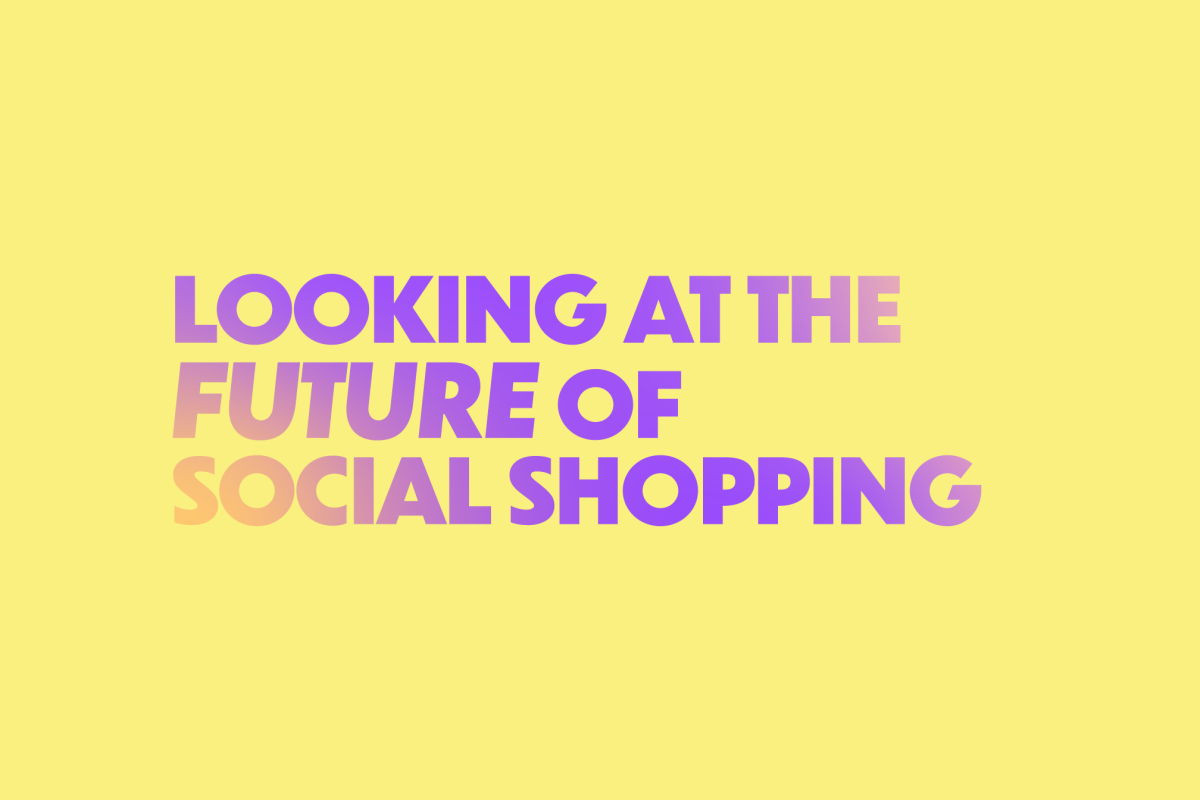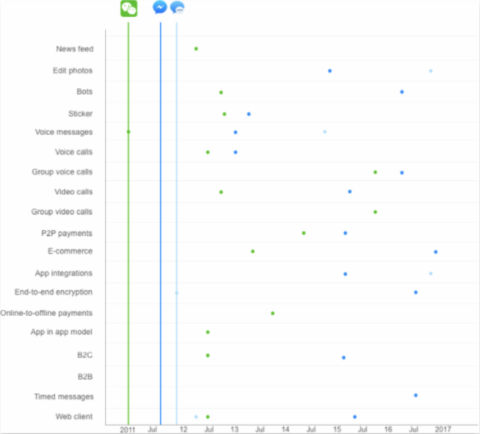I don’t think I need to tell anyone that eCommerce is a part of everyday life for every consumer group as we come to the end of 2021. The inevitable takeover has only been accelerated by Covid-19 and associated lockdowns, with consumers purchasing online more than ever. In fact, 70% of Britons say buying online is now their preferred shopping method.
Looking ahead to 2022, here are 5 key trends I think will shape the world of eCommerce.
Predicted eCommerce trends for 2022:
- Using social media as a sales channel
- Increased use of voice search
- Sustainability
- Returns will become an even more prominent customer touchpoint
- Subscriptions & Loyalty programmes
Using social media as a sales channel
Social media is an incredibly powerful marketing tool for eCommerce brands to utilise. It not only allows them to send direct traffic to their website, but it also gives them the opportunity to create and foster a community which they can nurture to encourage returning custom. Whether it’s through paid social ads, organic content or influencer marketing, social media is the most important marketing tool currently available to drive sales online.
Unsurprisingly, as social media grows, so too will the ability to sell to customers on their platforms. We’ve actually already written an entire blog about social commerce which you can read here to get ahead of the trend for 2022.
Increased use of voice search
The global increase of voice search has been well documented in recent times. The majority of new devices now come with voice functionality, from your new smart watch to the TV remote.
Not only are these devices becoming more popular, but they are actually being integrated more into consumers’ day to day lives: “65% of 25-49-year-olds speak to their voice-enabled devices at least once per day.” It’s important to note, however, that it isn’t just the 25-49 year old category that is using this functionality. Both those older and younger are using these devices.
Voice is expected to be a $40 billion channel in 2022, although it only accounts for $2 billion currently. This section of the market is still relatively small and a very viable channel going forward into 2022 and further, which provides an interesting opportunity for D2C businesses to get ahead of the competition by adding focus to voice search in 2022.
Sustainability
Sustainability is no longer a buzzword reserved for eco-friendly businesses. It’s the reality that modern consumers expect now and will expect in the future. Simply put, if your business isn’t looking to improve on sustainability, but your main competitor is, then you will lose customers.
Customers are increasingly buying from purpose-driven brands and brands that align with their values, and this isn’t just a trend for 2022. In order to connect with these eco-aware consumers, you need to ensure your business values align with your target audience’s.
An excellent example of a successful sustainable business would be Pangaia. They are by their own admission “a materials science company on a mission to save our environment”, but from any consumer’s perspective, they’re a clothing brand who sell quality recycled/organic clothes.
Shopify states that within 1 year, they were able to generate $75m in revenue while staying profitable, grow their staff size by 12x and increase their Instagram following by 14x. These statistics clearly showcase that when sustainability is at the forefront of a business, and the consumer aligns with this mission, growth and success are inevitable.
Returns will become an even more prominent customer touchpoint
We already know that how businesses deal with eCommerce returns can create a competitive advantage. It’s a significant part of the customer experience which can be easily overlooked due to not being particularly glamorous. However, with increased online sales comes increased returns.
When done correctly, the returns process can massively improve customer return rates. In fact, 92% of customers said they will buy again if the returns process is easy. However, on the flip side, a quarter of shoppers attribute a delay in processing their return to a negative customer experience.
This simply cannot be overlooked, and it needs to be a priority touchpoint for eCommerce brands in 2022. If you have the ability to improve future purchase decisions and increase a customer’s lifetime value, why would you overlook it?
Subscriptions and loyalty programmes
Subscriptions are a great way to increase customer retention rates, which is ultimately at the forefront of any eCommerce brands’ thoughts.
This can be a great tradeoff. Customers get the products they want, regularly and for less. They don’t have to spend time purchasing the product/service regularly or making decisions. Businesses keep the customers they want, for longer and for less cost. It can help with business forecasting and planning for the future – something every business would love to be able to do accurately. However, your business needs to be thinking long term and needs to have the technology in place to implement this.
As eCommerce continues to grow in 2022, you’ll need to find new ways to differentiate yourself from the competition. Subscription and loyalty services should be in your conversations going forward if they haven’t been already.
If you’re looking for help moving your eCommerce business forward in 2022, please get in touch with me at [email protected]!






 *
*